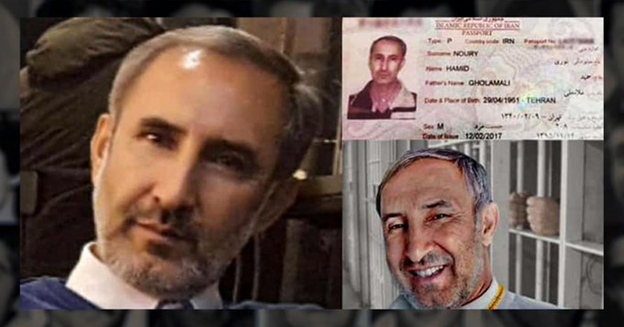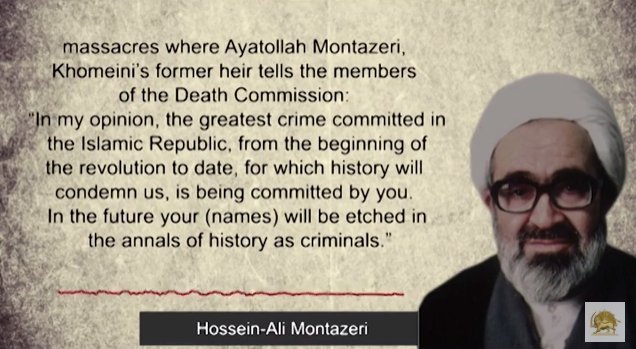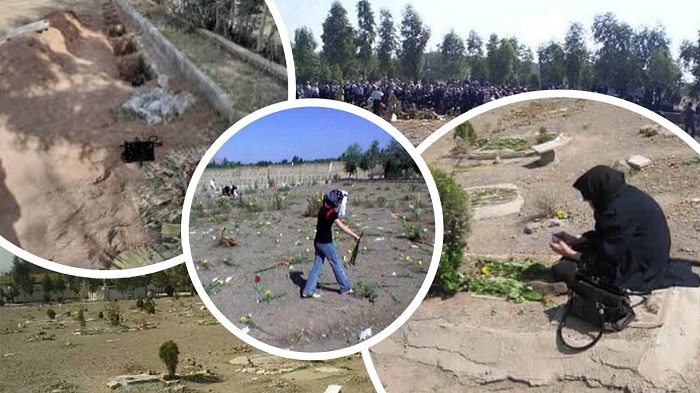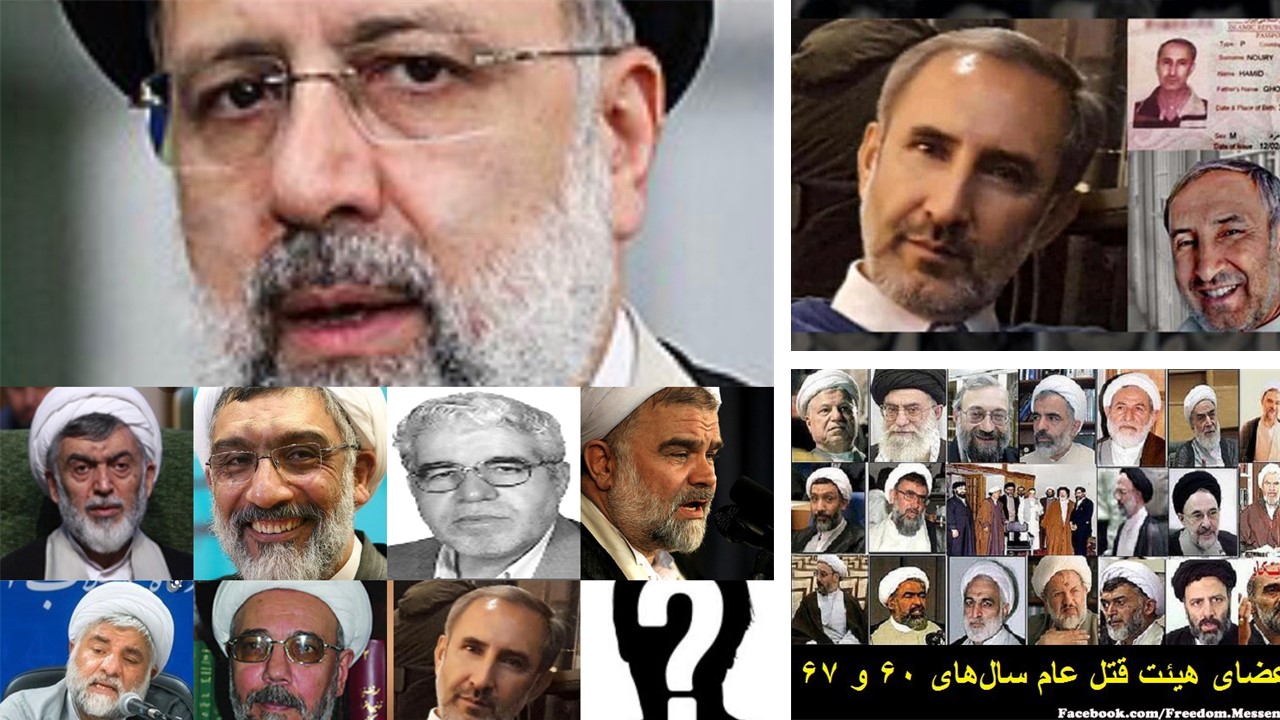

In four sessions, Noury adamantly denied responsibility for the mass executions of political prisoners in the summer of 1988, although he gave no substantial proof to refute the claims of former political prisoners who had intimate dealings with him at Gohardasht Prison during the preceding 40 sessions.
Noury was seen carrying detainees to and from the “death hall,”
Noury was seen carrying detainees to and from the “death hall,” where they were grilled about their political ties before being transported to the gallows in groups of 12 or more, according to witnesses. In the years leading up to the massacre, many people portrayed Noury as eagerly partaking in the torture and abuse of inmates.
These witnesses gave formal testimony in both Stockholm and Durres, Albania, where the proceedings were temporarily relocated in November in response to prosecutors’ requests. The change of site was prompted by the fact that thousands of members of Iran’s major pro-democracy opposition organization, the People’s Mojahedin of Iran (PMOI / MEK Iran), are currently housed in an Albanian facility after being relocated from Iraq in 2016. After the regime’s founder and first supreme leader, Ruhollah Khomeini, pronounced its members guilty of “enmity against God” in a fatwa, and the PMOI became the primary target of the 1988 massacre.

He called Montazeri a liar and denied it existed
Khomeini’s heir, Ayatollah Hossein-Ali Montazeri, wrote him a letter inquiring about the massacre in 1988. “Under Sharia law, the responsibility for issuing the decree in question is mine,” Khomeini responded. As a result, you do not need to be concerned. May God rid us all of the evil of the Monafeqin [PMOI/MEK].” Montazeri’s book included a copy of this letter. When the prosecution questioned Noury about the letter, he called Montazeri a liar and denied it existed.
In his letters to various regime authorities, Khomeini emphasized the importance of executing MEK members in addition to the initial proclamation. Mohammad Yazdi, the regime’s judiciary leader at the time, was one among them, officers. Yazdi highlighted to Khomeini in his remarks that his edict “has condemned the entire [MEK] organization, not individuals,” and that “there is no limit in punishing [MEK members] for waging war on God.”

Noury also called the cemetery of Khavaran a “lie.”
Noury also called the cemetery of Khavaran a “lie.” One of the many mass graves where the 1988 victims are buried.
Around 1,000 former political prisoners gathered at Ashraf 3 for a symposium that re-enacted the facts of the case and included personal accounts from several survivors. The event stressed the necessity of a Noury conviction while also emphasising the need for broader accountability. The Iranian Resistance has spoken the same message at a number of recent seminars, some of which included participation from human rights and international law experts.
Ebrahim Raisi, the regime’s president, was one of four members of the Tehran execution commission in 1988. Mostafa Pourmohammadi, one of Raisi’s fellow death commissioners, was named Minister of Justice in 2013. Before being promoted to the presidency, Raisi was handed command of the regime’s judiciary in 2019. These appointments represent the exalted standing of the death commissioners within the regime, and they notably reflect the supreme leader’s efforts to propagate the massacre’s legacy through the operation of Iran’s criminal justice system.

The largest crime against humanity
The popular rejection of Raisi’s presidency is another cause for the international community to pursue deeper responsibility for the government and its officials in the wake of the Noury case. It remains to be seen, however, whether any competent agencies will actually take action in this direction. In any event, Noury’s obvious admiration for Raisi indicates that neither he nor the government will take Western pressure on human rights issues seriously unless it extends beyond the conviction of a single low-level participant in Iran’s largest crime against humanity.

Follow Maryam Rajavi’s on her site Twitter & Facebook and follow NCRI (Twitter & Facebook)
and follow NCRI (Twitter & Facebook)
MEK Iran (on Twitter and Facebook)
and People’s Mojahedin Organization of Iran – MEK IRAN – YouTube









